Relined canvas measuring 72.5 cm by 62 cm.
Antique frame measuring 85 cm by 77 cm.
This superb painting is a unique testimony since for the first time, we are given the opportunity to discover the colors of her costume in Hernani. We were familiar with this outfit because it has been photographed many times, but from black and white, we have just moved to color! Performed for the first time on November 21, 1877, it was a triumph. Victor Hugo sent her a short note: "Madam, you were great and charming; you moved me, the old fighter, and at a certain moment, while the audience, touched and enchanted by you, applauded, I cried. This tear that you shed is yours and I place myself at your feet." Our painting is a work by the Italian portraitist Michele Gamberini, created in 1883 from a photograph by Nadar. Sarah Bernhardt was often portrayed in profile: in 1880 by Giovanni Boldini; in 1870 by Gustave Doré; in 1879 by Jules Bastien Lepage; in 1875 by Louise Abbéma…
Sarah Bernhardt (1844-1923)
For her, Jean Cocteau coined the expression "sacred monster"; she was also called the divine or the empress of the theater; for Victor Hugo, she was the golden voice, a star with the definition we give to this word today, the first actress to have toured internationally, and it was a triumph. The actress has many artistic strings to her bow; she paints and sculpts as well. After performing in more than 120 theater shows, she moved to cinema in 1900 in Hamlet's duel and went on to make 11 films. Sarah Bernhardt was a Diva with her whims, her eccentricities, her caprices. She loved being surrounded by her friends, "her menagerie" she said. All these people met very regularly at her property on Belle Ile, a former fort that she restored and transformed into a comfortable home (it is now a museum). The property expanded with the Penhoet manor, known as Sarah Bernhardt's castle, which has since disappeared under the German bombings of the Second World War. Her private life was tumultuous; she had a son at the age of 20 with the Belgian prince Henri de Ligne. Maurice Bernhardt would become a writer.




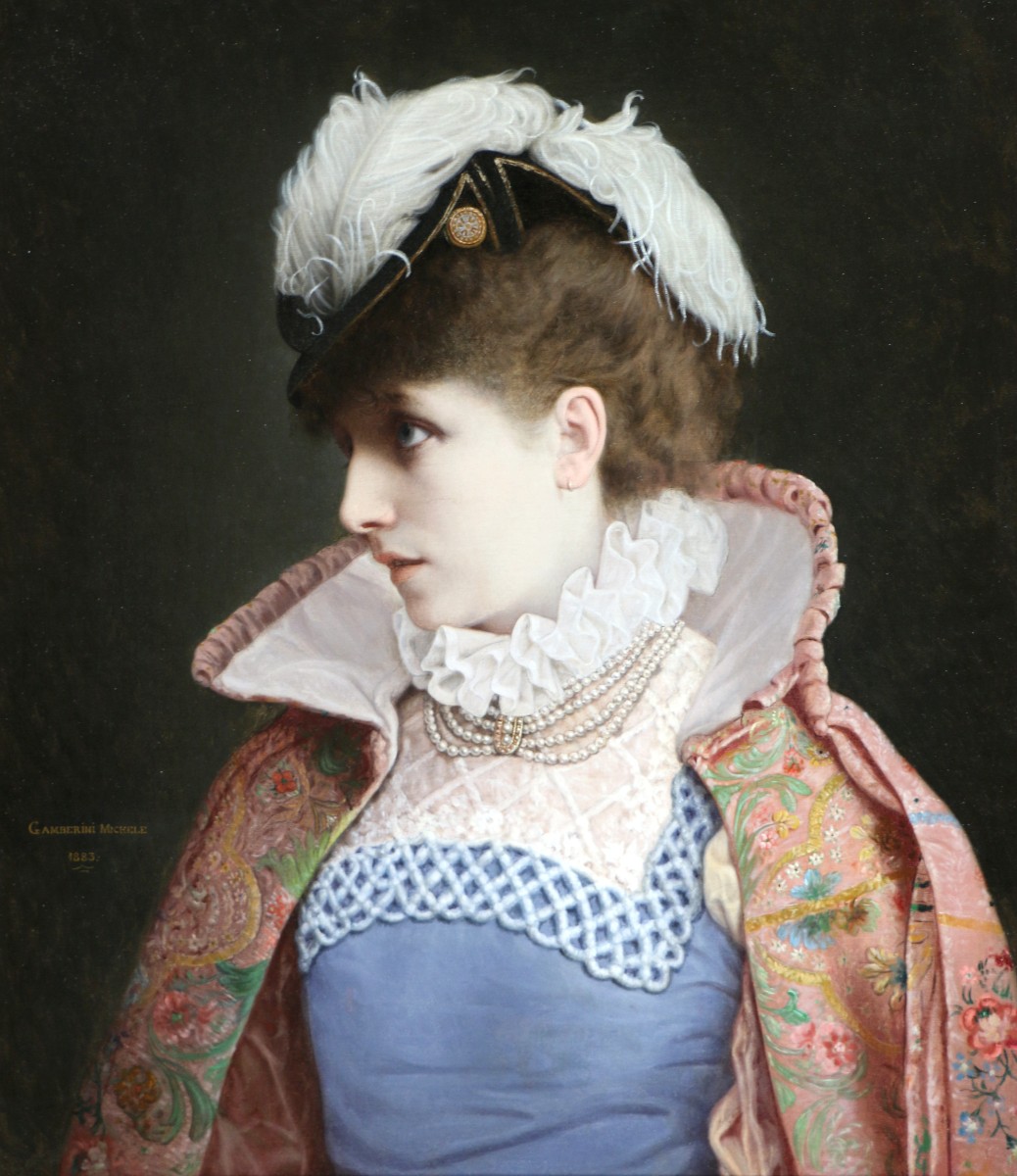



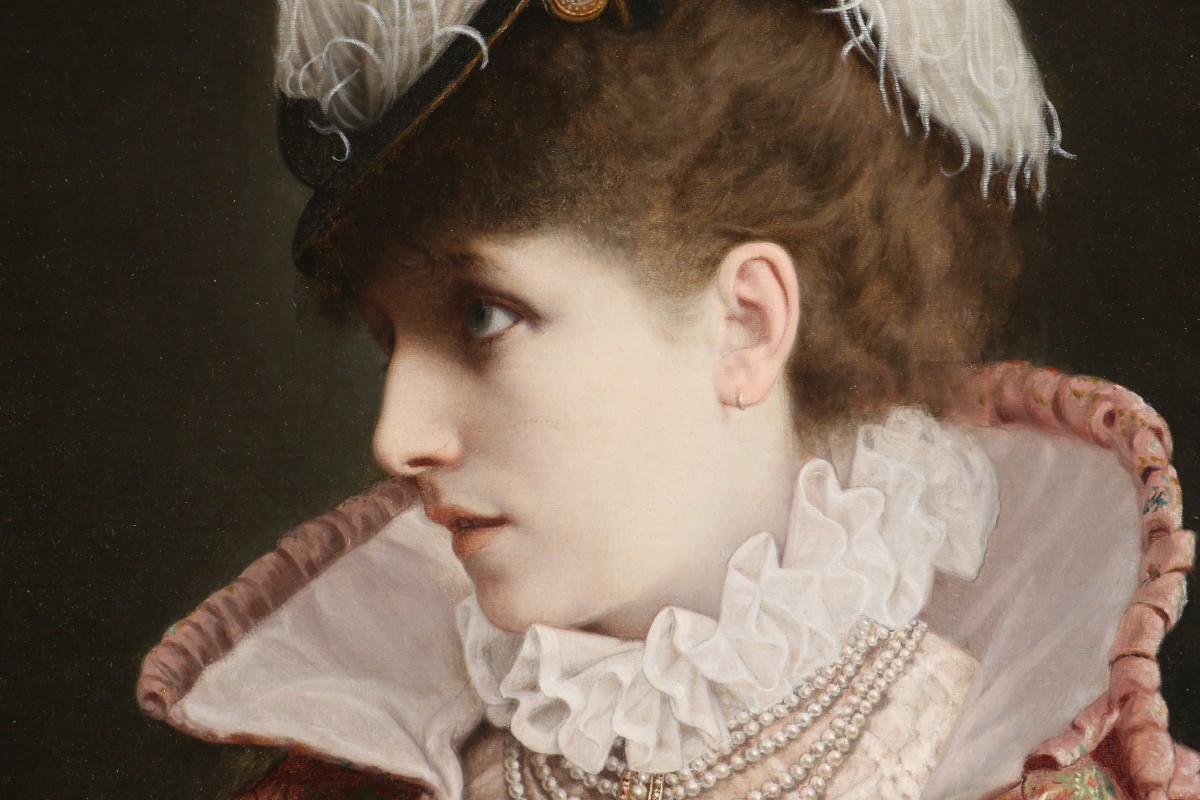
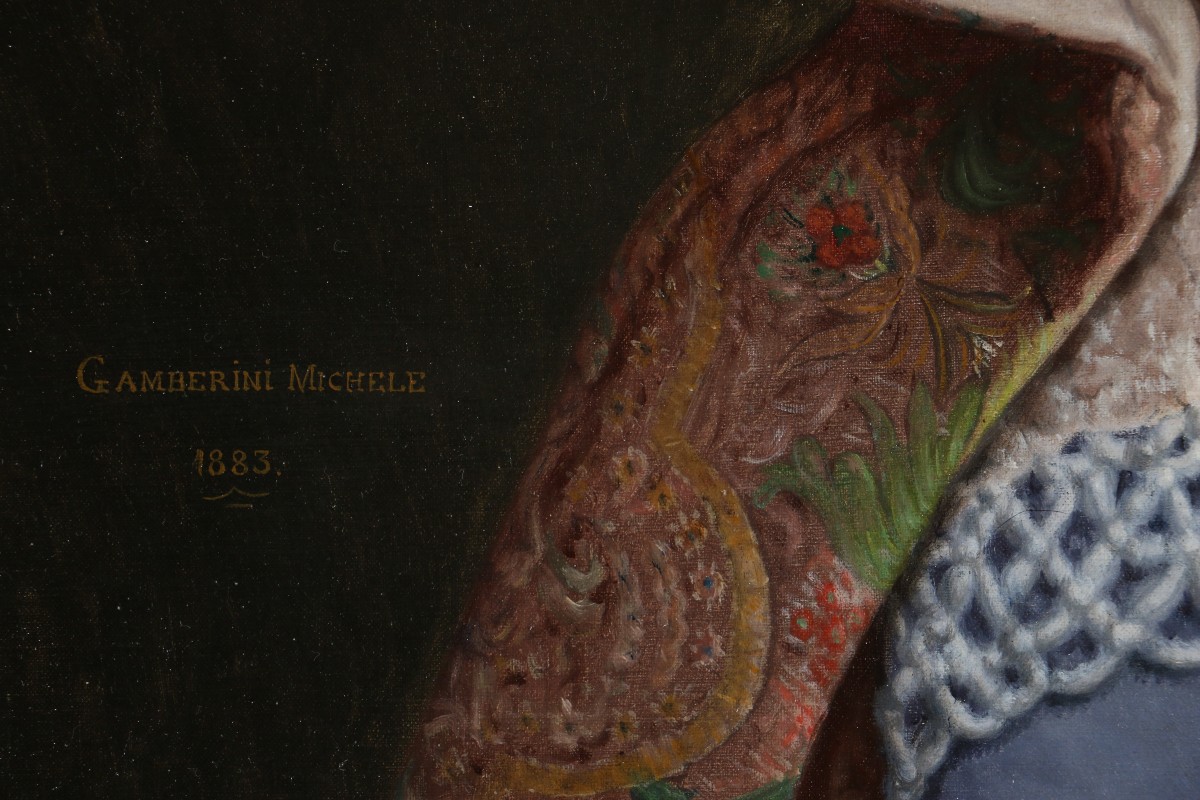

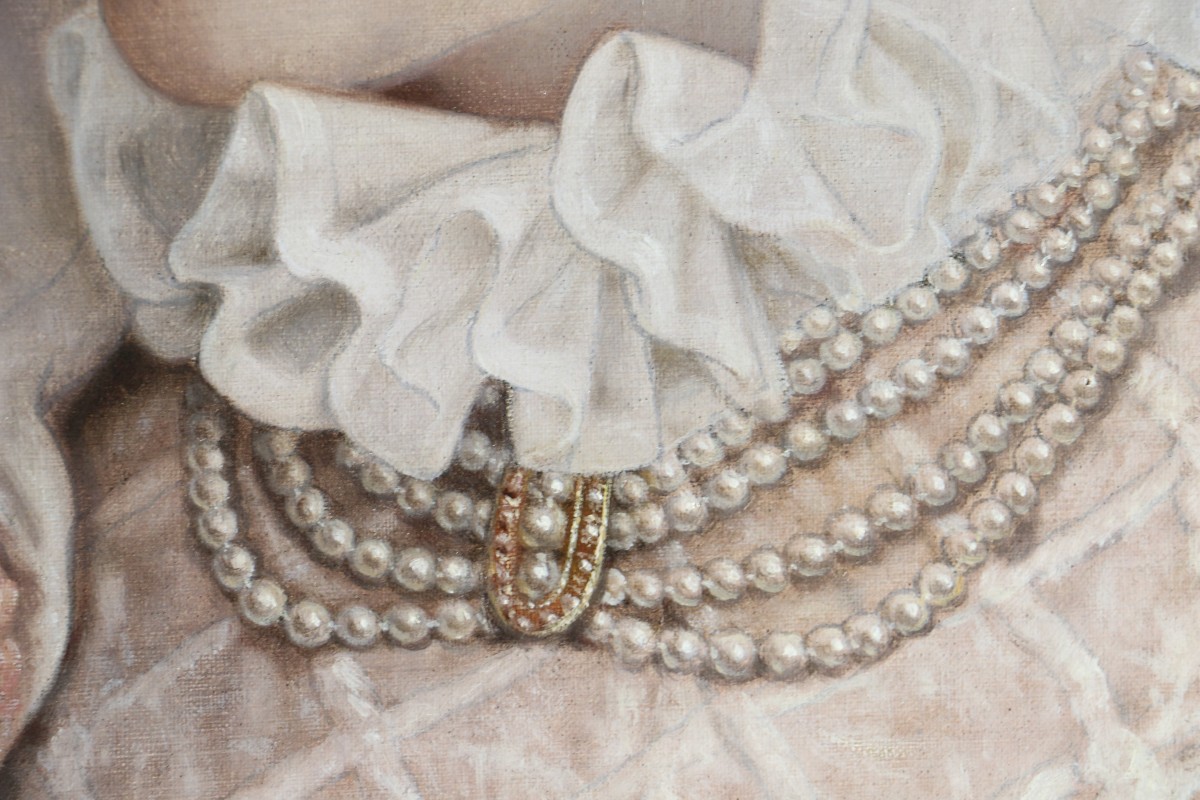














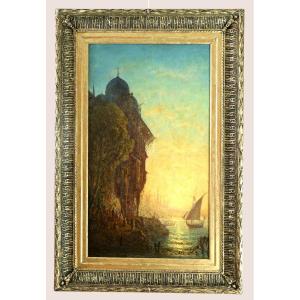
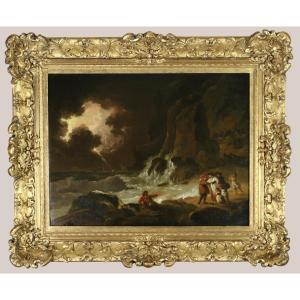

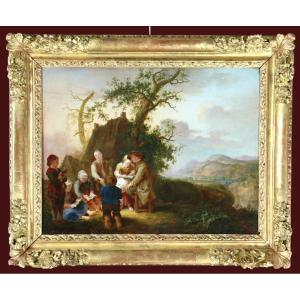



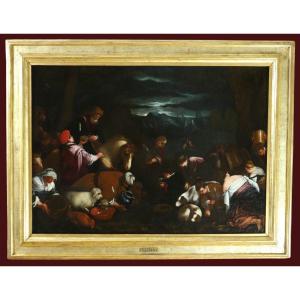








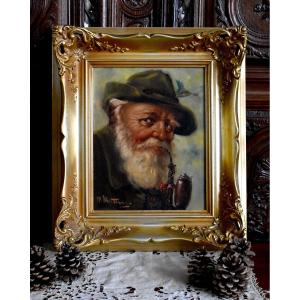

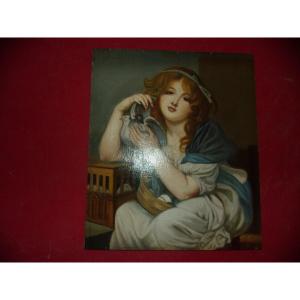



 Le Magazine de PROANTIC
Le Magazine de PROANTIC TRÉSORS Magazine
TRÉSORS Magazine Rivista Artiquariato
Rivista Artiquariato